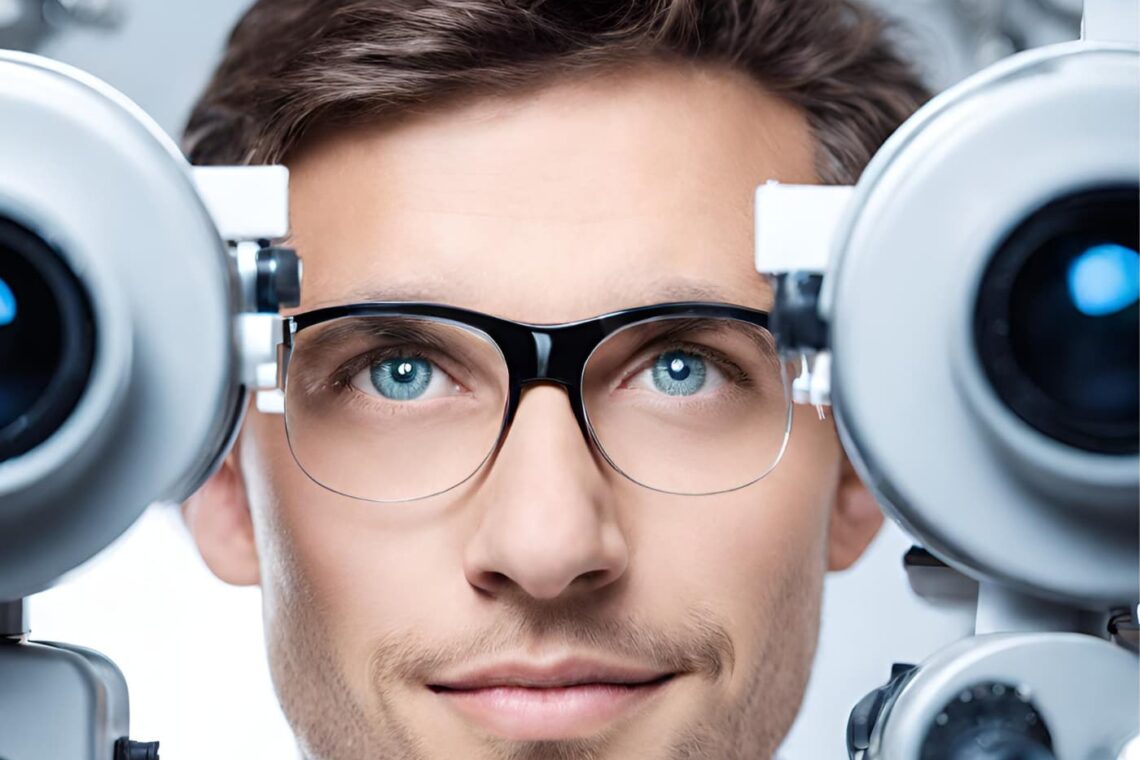SMILE vs. LASIK: Navigating the Complex Terrain of Vision Correction Surgery
In the quest for visual clarity, individuals often find themselves standing at a crossroads, faced with a momentous decision SMILE vs LASIK? Vision correction surgery has revolutionized the way we perceive the world. In this comprehensive guide, we will delve deep into the realm of vision correction surgery, comparing the intricacies of SMILE and LASIK, and providing you with the insights needed to determine which path aligns best with your unique vision needs.
Understanding Vision Correction Surgery
Vision correction surgery represents a pivotal moment in one’s life a chance to experience the world with newfound clarity and precision. It’s a decision often arrived at after years of relying on glasses or contact lenses to navigate daily life. The transformative potential of vision correction surgery is undeniable, but the journey begins with understanding the options available.
Comprehensive eye assessments, including finding a smile procedure near me, mark the initial steps of this journey. These assessments are crucial for determining an individual’s eligibility for surgery. Eye care professionals evaluate factors such as eye health, refractive error, and lifestyle considerations to determine the most suitable procedure.
SMILE vs. LASIK: A Comparative Analysis
The choice between SMILE and LASIK hinges on a complex array of factors, each influencing the decision-making process in its unique way. These two procedures diverge significantly in terms of technique, incision size, and technological approach.
LASIK, short for “Laser-Assisted In Situ Keratomileusis,” is a well-established and widely practiced surgery. It involves creating a corneal flap, which is meticulously lifted to expose the underlying corneal tissue. This tissue is then reshaped using a laser, correcting refractive errors.
In contrast, SMILE, or “Small Incision Lenticule Extraction,” is a relatively newer approach that has captured the attention of the vision correction world. It adopts a flapless technique, focusing on creating a small, precise incision through which a microscopic piece of corneal tissue is removed to correct refractive errors.
Each procedure offers its distinct set of advantages and considerations. For instance, SMILE’s flapless nature may reduce the risk of flap-related complications, a factor that some individuals find reassuring. Furthermore, SMILE is often associated with a shorter recovery period and may lead to fewer instances of post-operative dry eye discomfort.
Benefits and Considerations of SMILE
SMILE surgery has gained prominence for several compelling reasons. Its minimally invasive nature and the absence of a corneal flap typically result in reduced discomfort for patients. Many individuals who opt for SMILE report fewer instances of dry eye symptoms compared to LASIK. Moreover, the precision of SMILE technology offers excellent visual outcomes, making it an attractive choice for those seeking impeccable vision.
However, it’s essential to consider candidacy for SMILE, as not all refractive errors are suitable for this procedure. Consulting with an experienced eye care professional is crucial to determine eligibility and receive personalized recommendations.
Benefits and Considerations of LASIK
LASIK has a long and successful history in the realm of vision correction. Its widespread availability and proven track record have made it a trusted choice for countless individuals seeking visual freedom. LASIK is versatile, suitable for various refractive errors, and boasts a high patient satisfaction rate.
Nonetheless, individuals considering LASIK should be aware of potential flap-related complications. While such complications are relatively rare, they can occur and may require additional treatment. It’s imperative to choose a reputable LASIK provider with a history of successful outcomes and skilled surgeons.
Making the Decision
The choice between SMILE and LASIK is a significant decision that requires careful consideration. It all begins with a comprehensive consultation with an experienced eye care professional who can assess your unique vision correction needs. During this consultation, factors such as your refractive error, overall eye health, and lifestyle considerations are taken into account. This evaluation is pivotal in determining which surgery aligns best with your individual circumstances.
Additionally, it’s vital to explore your options thoroughly. Finding a reputable “smile procedure near me” or identifying a well-established LASIK provider is essential. The expertise of your surgeon and the technology they employ play critical roles in your surgical experience and ultimate visual outcomes.
Conclusion
As you navigate the intricate terrain of vision correction surgery, remember that the choice between SMILE and LASIK is deeply personal and should align with your unique needs and preferences. By seeking personalized recommendations from experienced eye care professionals and undergoing thorough assessments, you can make an informed decision. Whether you opt for the flapless precision of SMILE or the well-established track record of LASIK, the ultimate goal remains unchanged achieving a world seen with impeccable clarity and precision. Your journey to impeccable vision begins here, guided by knowledge and illuminated by the possibilities of transformative vision correction surgery.


